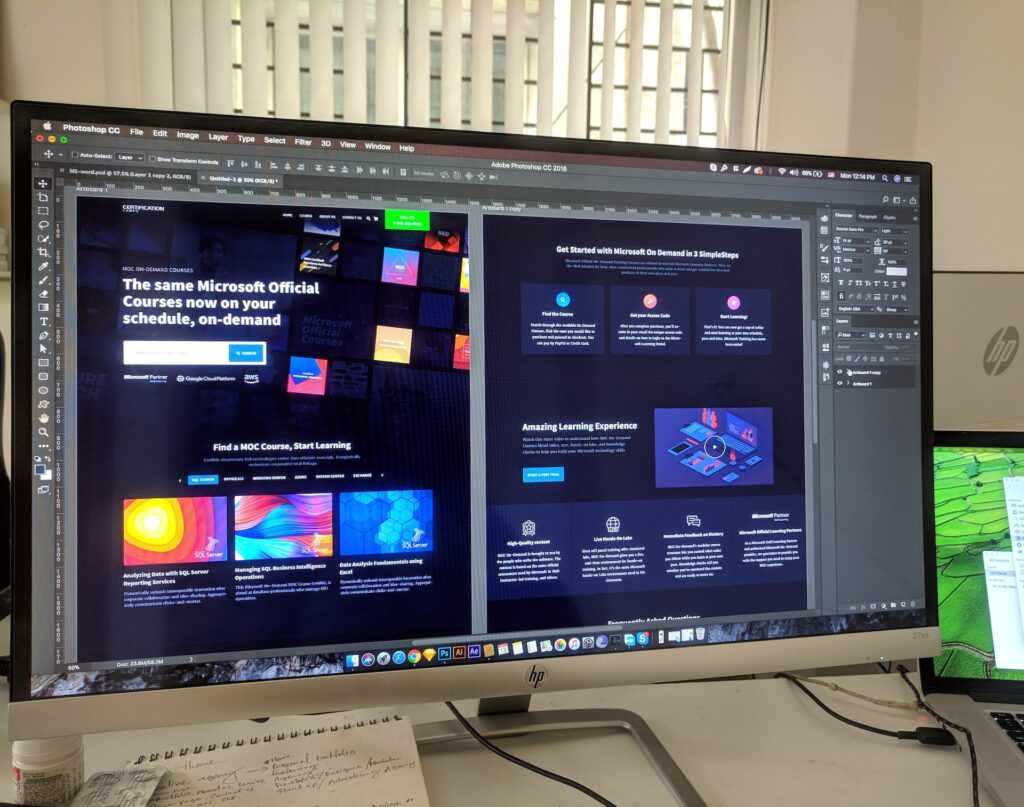Integrating social media into websites has a significant impact on St. Louis businesses and organizations, as it does globally. Social media integration enhances engagement, boosts brand visibility, and can even drive business growth. Here’s a look at how this integration affects websites in St. Louis:
Amplified Brand Visibility:
Local Reach: St. Louis businesses can connect with the local community more effectively by integrating social media. Sharing St. Louis-specific content, such as local events, news, and partnerships, can help boost local visibility.
Improved User Engagement:
Interactive Content: Integrating social media feeds, like Twitter, Instagram, or Facebook, on your website keeps visitors engaged. They can see real-time updates, user-generated content, and community discussions.
User-Generated Content:
Reviews and Testimonials: For businesses in St. Louis, user-generated content, such as reviews or testimonials on platforms like Yelp and Google My Business, can be integrated on the website to build trust with local customers.
Content Sharing:
Amplifying Content: Social media sharing buttons allow visitors to share content from the website on their own social networks. This can significantly expand the reach of your website content.
Real-Time Updates:
Events and Announcements: For St. Louis-based businesses or organizations hosting local events, social media integration allows for real-time updates and event promotion directly from the website.
Community Building:
Online Communities: Organizations, local groups, or nonprofits can use social media integration to build online communities and foster engagement. For example, a neighborhood association could integrate a Facebook group directly on its website to connect local residents.
Customer Support:
Live Chat and Messenger Integration: Integrating platforms like Facebook Messenger for live chat support directly on your website can improve customer service for St. Louis businesses.
Local Advertising:
Targeted Advertising: Through social media integration, St. Louis businesses can target local audiences with paid advertising campaigns on platforms like Facebook and Instagram, reaching potential customers in specific neighborhoods or demographics.
Event Promotion:
Local Event Promotion: Event-based businesses in St. Louis, such as venues or event organizers, can use social media integration to promote local events and sell tickets directly from their websites.
SEO Benefits:
Local SEO: Social signals and activity, including sharing website content on social media, can positively impact local search engine rankings, making your website more discoverable in St. Louis and surrounding areas.
Feedback and Reviews:
Local Reviews: Displaying positive reviews and ratings from platforms like Google or Yelp directly on your website can build trust with local customers and improve conversion rates.
Measuring Impact:
Analytics: Social media integration allows businesses to track the impact of their social media efforts on website traffic, user engagement, and conversions. This data can inform ongoing strategies.
Local Partnerships:
Cross-Promotion: Local businesses can partner with each other for cross-promotion. Integrating each other’s social media feeds or sharing each other’s content on social networks can mutually benefit both parties.
Data Collection:
Lead Generation: For businesses, integrating lead generation forms linked to social media can help build email lists and further connect with local customers for marketing purposes.
Real-Time Communication:
Event Updates: For organizations hosting events in St. Louis, real-time updates on social media can be integrated into the website to keep attendees informed about changes or developments.
The integration of social media into St. Louis websites has a profound impact on branding, engagement, and marketing. It enables businesses and organizations to connect with the local community, build trust, and create opportunities for growth. The ability to share real-time updates, user-generated content, and targeted advertising helps St. Louis businesses effectively reach their local audience.









